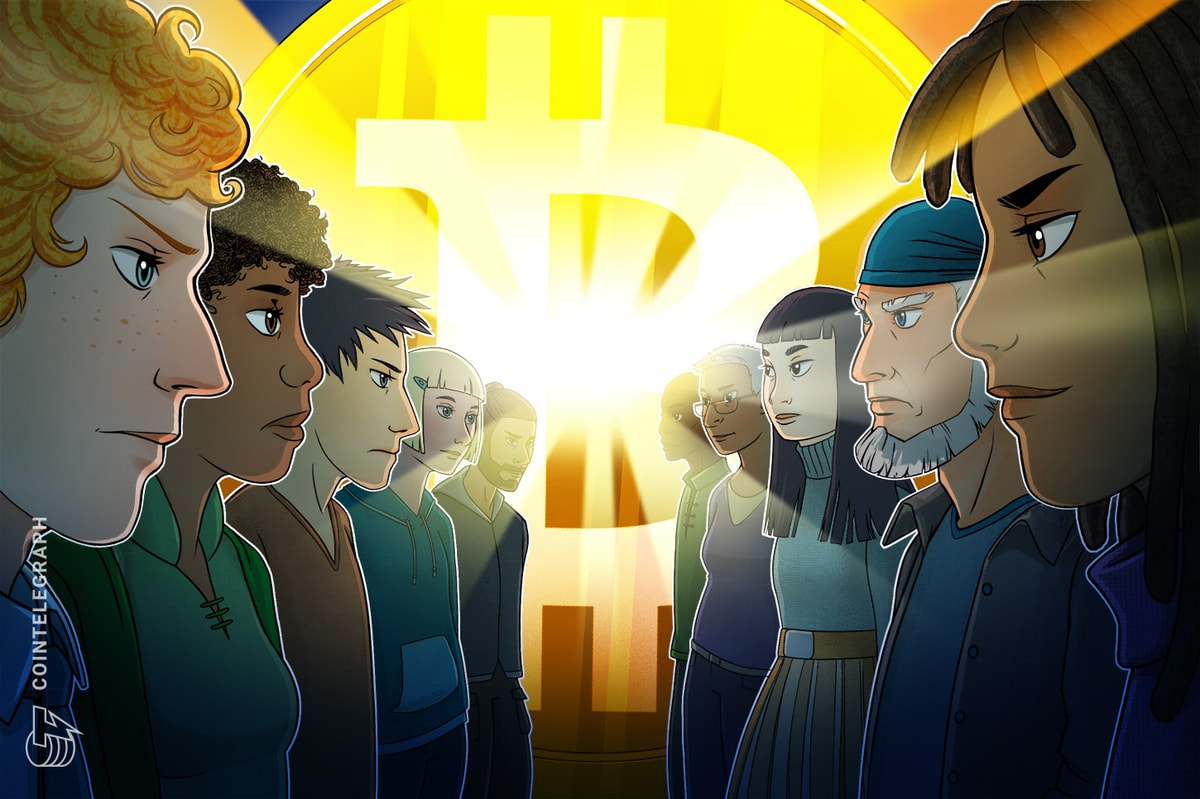Bitcoin Core’s next major upgrade has reignited old tensions in the community, pitting developers who want a neutral, fee-driven network against purists who see non-financial data as spam.
Bitcoin Core v30, expected in October, will remove the 80-byte cap on OP_RETURN, the part of a transaction script that allows users to embed arbitrary data.
Bitcoin Core is software that runs the Bitcoin network, maintained by an open group of developers but widely relied upon by miners and node operators. While alternatives such as Knots exist, Bitcoin Core is the protocol’s reference implementation that is run by the majority of the network.
On the surface, the dispute looks like a policy debate over whether Bitcoin’s blockchain should be reserved for financial means or opened up to broader uses. But beneath that, the controversy taps into deeper political fault lines, with some factions accusing Bitcoin Core of compromising principles or bending to outside influence.
The battle over Bitcoin’s purpose
Critics of Bitcoin Core v30 warn that removing the OP_RETURN cap could open the door to spam and resource drain. They argue that larger OP_RETURNs encourage non-monetary transactions that crowd out payments and increase the burden on nodes.
Supporters of the money-first philosophy see this as a misuse of the system, insisting that Bitcoin was designed as a peer-to-peer payments network, not as a data hosting service.
That view is embodied in Bitcoin Knots, an alternative client maintained by Luke Dashjr, which enforces stricter default policies to block what it classifies as non-financial data. Knots is designed to make it more difficult to relay or embed arbitrary content.
Related: Bitcoin Knots gain ground: Will a chain split kill BTC price?
Core developers defend their decision on different grounds. Gloria Zhao, a Bitcoin Core maintainer, said that those backing the change “aren’t enthusiastic about data storage as a use case” but support a decentralized market for blockspace by not imposing relay rules that are stricter than what miners already accept.
“The existing standard methods (e.g. bare pubkeys) involve bloating the UTXO set, representing a long term cost to the network,” she said in a GitHub discussion thread, adding that OP_RETURN is prunable and less harmful.
Knots supporters counter that lifting the cap heightens the risk of illicit material being permanently inscribed on the blockchain. At the extreme, they point to the possibility of child sexual abuse material (CSAM) being recorded on Bitcoin if the cap is removed.
Bitcoin developer and advocate Jimmy Song — who is not a v30 supporter — rejected that argument, stating that data embedded in Bitcoin is “not readily accessible.”
“Core version 30 does not display any images or videos or play any audio,” Song said. “Running software that verifies whether a block or transaction is consistent with the rules of Bitcoin does not make you a party to whatever nefarious deeds the transaction concerned may be involved in.”
Bitcoin’s corporate capture debate
Beyond the technical debate, the v30 upgrade has stirred a political undercurrent over whether Bitcoin Core remains truly independent.
Critics have suggested that Core developers are favoring ventures like the layer-2 project Citrea, arguing that removing the OP_RETURN cap happens to align with the needs of rollups that rely on embedding larger data payloads into Bitcoin for validity proofs.
Others question the rhetoric of neutrality itself. They view the “fee-driven” approach as a way to normalize non-financial transactions, opening the door to non-fungible tokens and inscriptions.
Related: Lessons learned from a graduate-level Bitcoin class
Core developers reject these claims, stressing that decisions are made in the open on GitHub, Internet Relay Chat and the mailing list and dismiss suspicions of corporate capture as political spin from the “money-only” camp. For them, v30 is about letting the transaction fee market decide and keeping Bitcoin’s rules neutral and transparent.
“If a small, socially engineerable ‘inner circle’ truly made software decisions on behalf of the entire network, then Bitcoin is actually a very fragile system,” Zhao said.
“I sincerely hope that if Bitcoin Core’s contributors ever abandon these values — e.g., to appease social media or corporate wishes, the community will switch to another node implementation that does it better.”
Bitcoin Core v30 eyes October release
The argument over OP_RETURN is ultimately about more than bytes and scripts. For critics, it is a battle to preserve Bitcoin’s identity as sound money, free from the clutter of data experiments. For Core developers, it is about aligning software rules with what the network already accepts, leaving the market for blockspace to sort itself out.
Whether the change unleashes a wave of inscriptions or simply cleans up outdated relay rules, the upgrade forces the community to revisit a debate that has haunted Bitcoin since its early days.
As v30 approaches its October release, node operators, miners and businesses will choose whether to upgrade or hold back. That choice, repeated across thousands of machines worldwide, will determine not only the fate of the OP_RETURN cap but also how Bitcoin defines neutrality, independence and its future purpose.
The divide has resulted in the rise of Bitcoin Knots nodes. There were about 400 Bitcoin Knots nodes running on the Bitcoin network at the beginning of 2025. That number has grown to 4,713 nodes. There are currently 22,496 public nodes running on the Bitcoin network.
Magazine: 7 reasons why Bitcoin mining is a terrible business idea
Read the full article here















